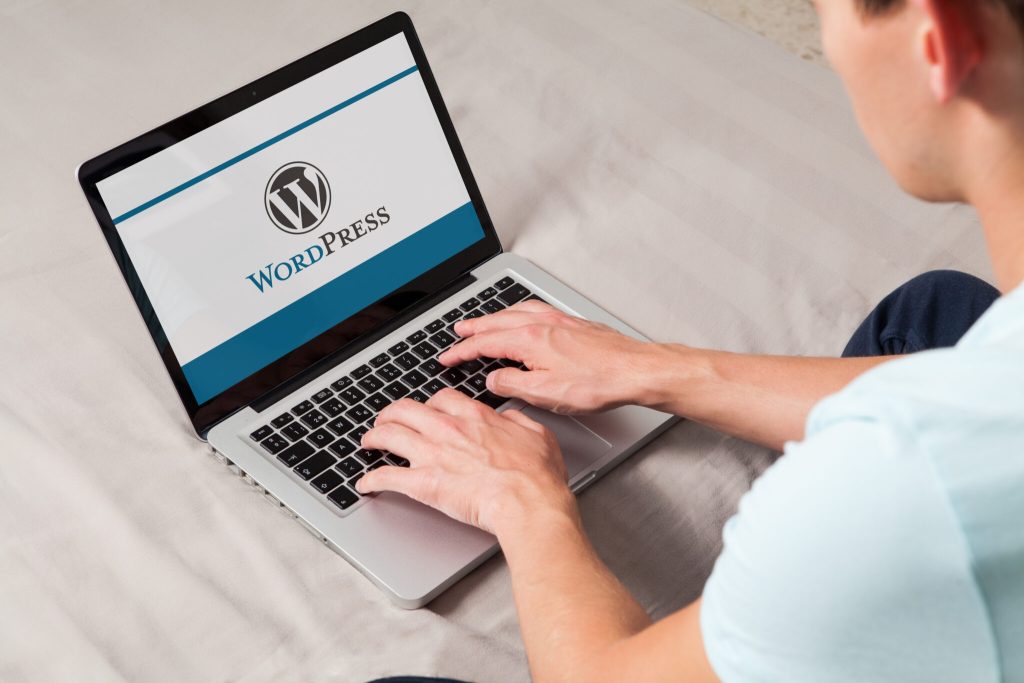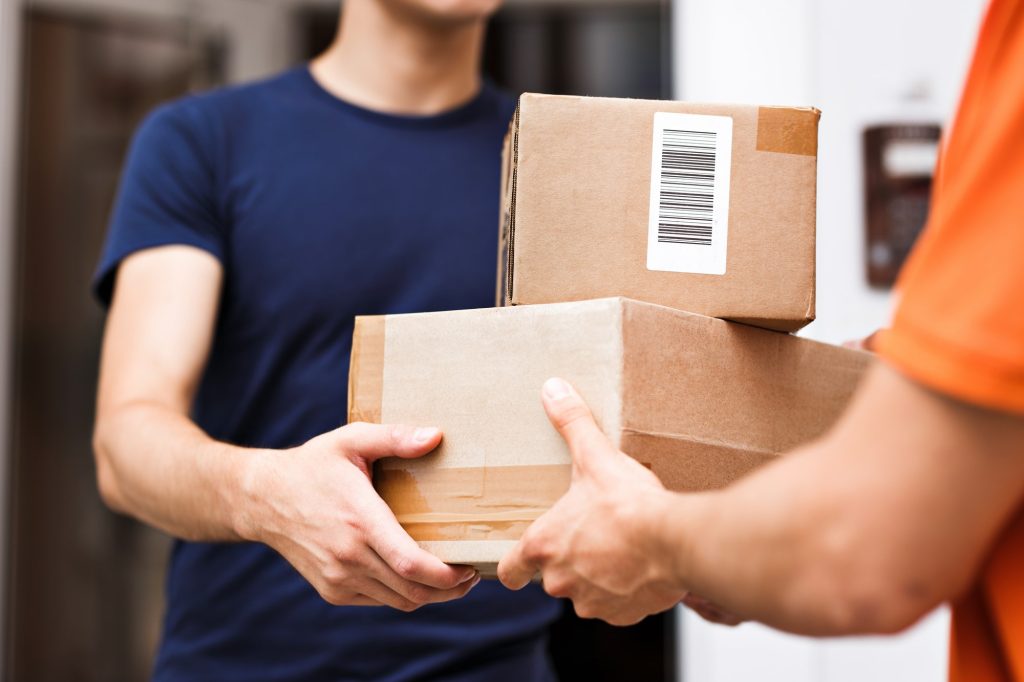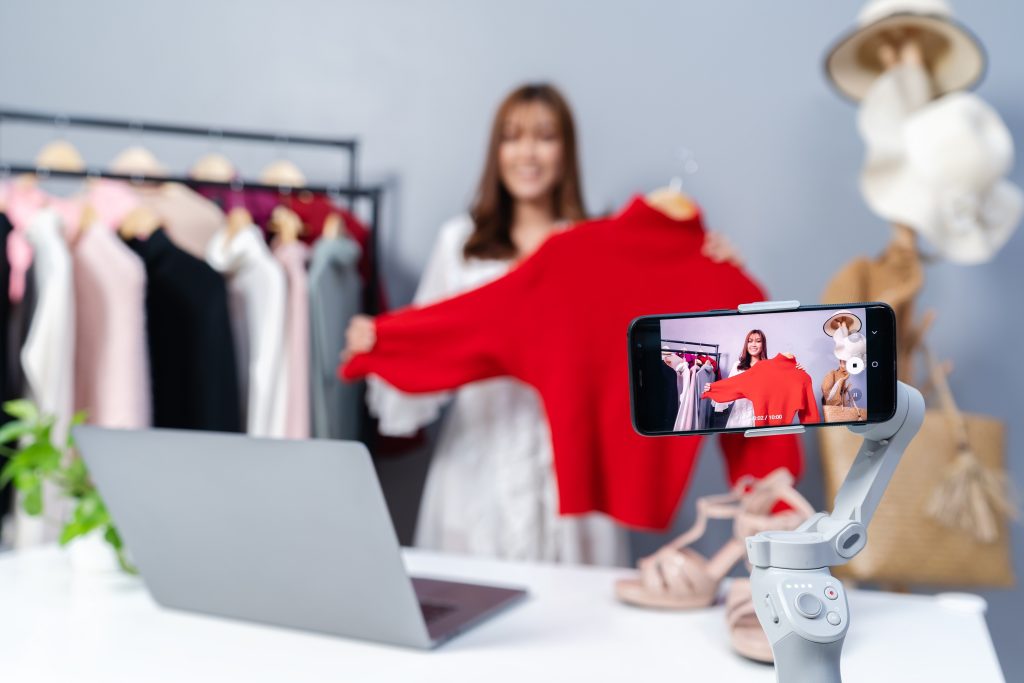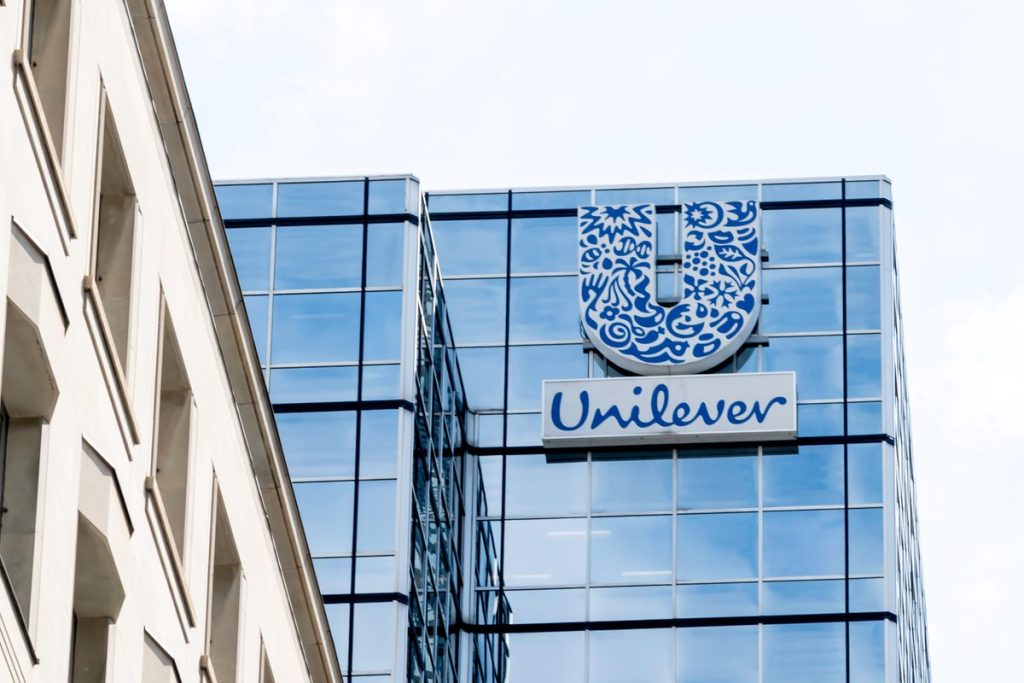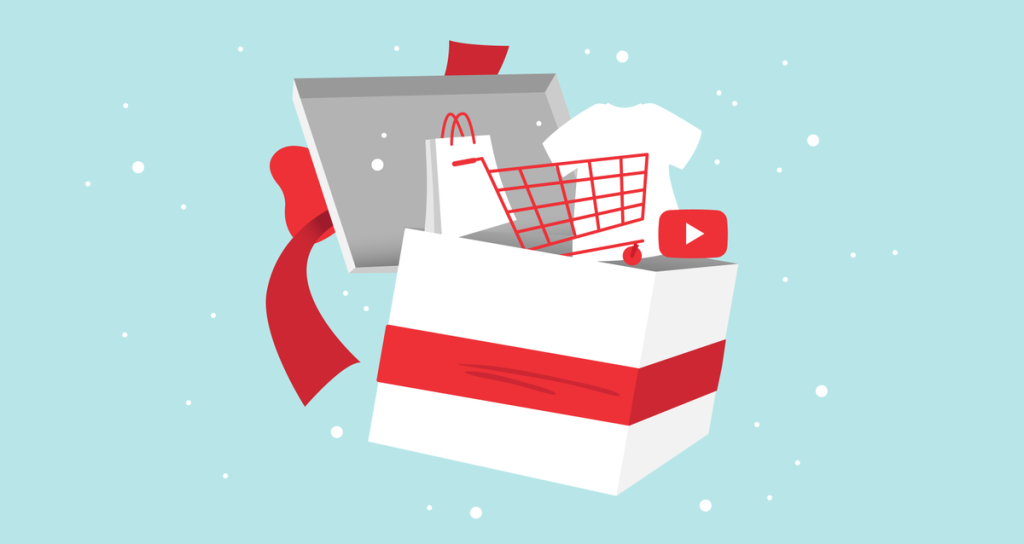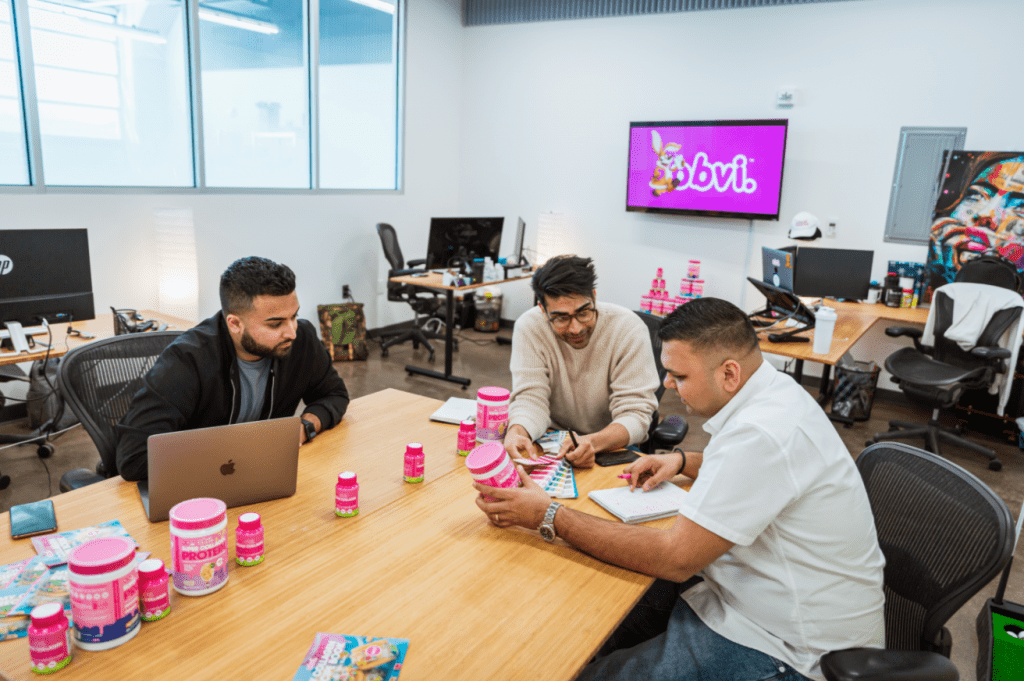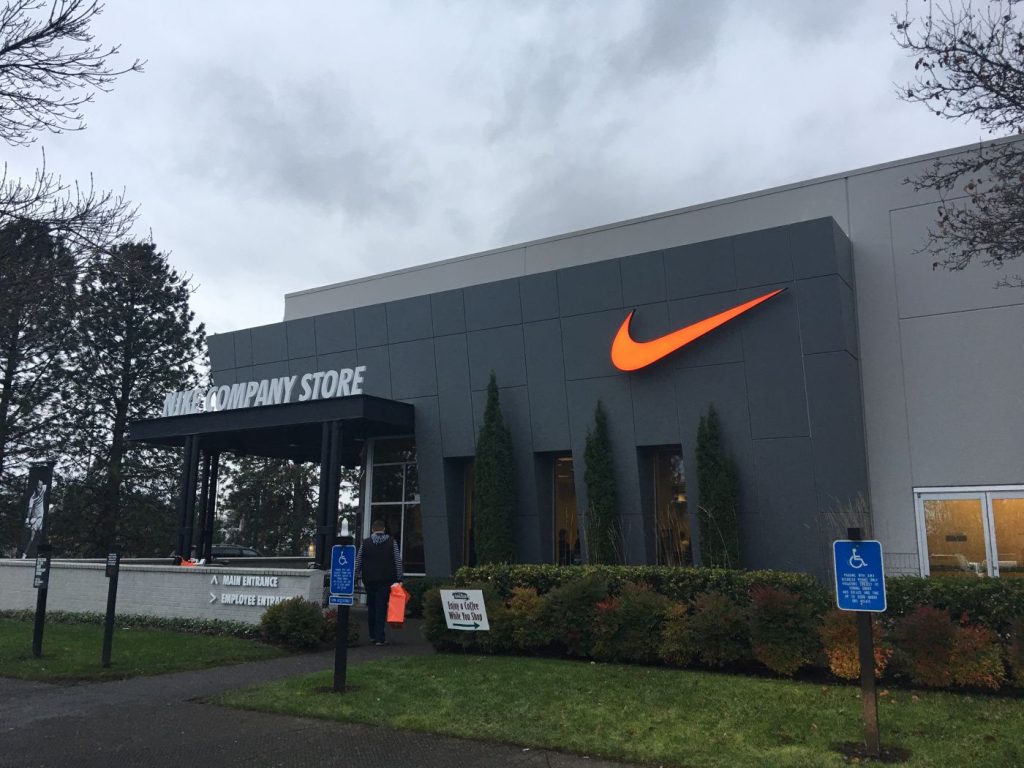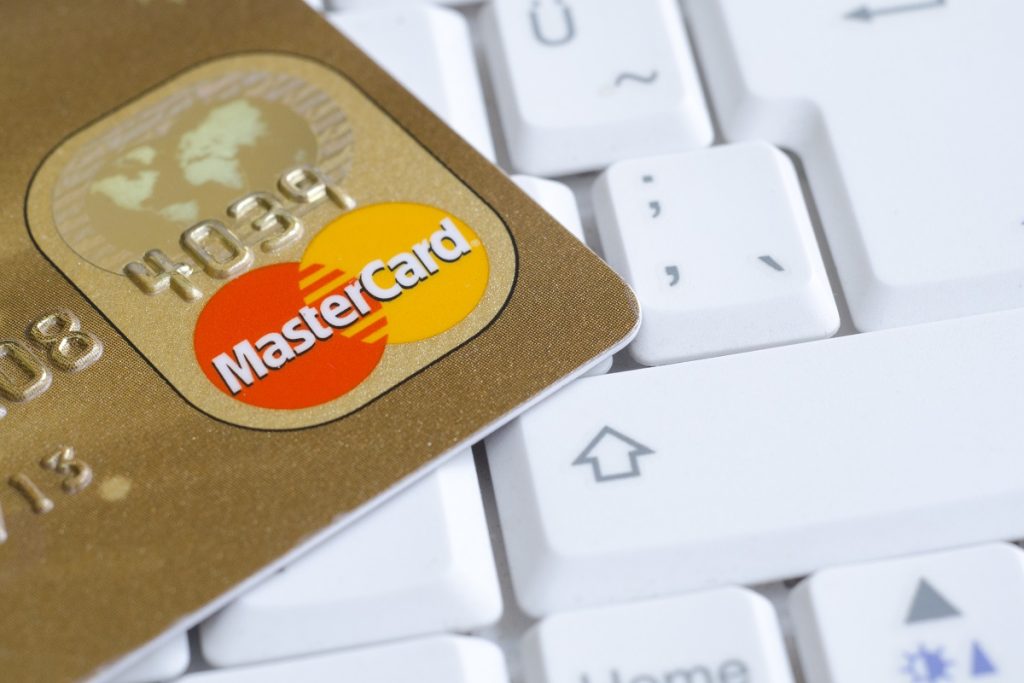
Nearly all top retailers accept Mastercard, which could make pay-later services nearly ubiquitous in online shopping.
Mastercard Inc. is facing pushback from retailers over a new pay later product. It allows customers to pay off their purchases in installments, digitalcommerce360.com reports. The payments giant has begun telling merchants and their banks that it will charge retailers 3% of a purchase price each time a consumer opts to use the new program, according to people familiar with the matter. Mastercard will automatically enroll retailers in its new buy-now- pay-later (BNPL) service. However, retailers will have a chance to opt out.
The price tag came as a surprise to some of the country’s largest retailers. Many of them have already negotiated separate deals with credit-card issuers and BNPL providers that may limit them from offering competing services to their customers. Others, however, are embracing the new service, given that the 3% cost, while higher than any of Mastercard’s normal rates for accepting credit cards, is less than what most standalone buy now, pay later providers charge for their products.
Virtually all retailers accept Mastercard, while just 45.8% offer the option to pay later. Only two retailers out of 1000 offered Mastercard’s installment service through their ecommerce platforms when researched earlier this year. Affirm is the largest pay-later service, available at 14.5% of retailers.
As Chiro Aikat, executive vice president for products and engineering at Purchase, New York-based Mastercard, said, when they built the program last year, they aimed at enabling another seamless and transparent way to pay, with the same levels of trust and security that’s expected from Mastercard.
The conflict is the latest episode in the long-running drama between retailers and Mastercard and rival Visa Inc. Merchants have grown increasingly vocal about the cost of accepting electronic payments. Processing fees soared to $137.8 billion last year alone, according to industry publication The Nilson Report.
Mastercard started the installments program last year. It was part of the network’s response to a surge in consumers’ interest in splitting up purchase costs. The move came after financial-technology companies focused on the buy now, pay later space — firms such as Afterpay and Klarna — had already siphoned away as much as $10 billion in annual revenue from banks, according to McKinsey & Co.
By the time it was ready to announce the new service, Mastercard had already partnered with lenders. Some of those included store-card provider Synchrony Financial and Barclays Plc’s US card unit to develop the new product. The idea was that those lenders and others, along with fintech upstarts and firms that offer digital wallets, would be able to approve consumers for an installment loan before a purchase or offer the option during checkout.
Within months, Mastercard announced retailers including Walgreens Boots Alliance Inc., American Airlines Group Inc. and Bass Pro Shops had agreed to work with the network on launching the new service. In June, technology giant Apple Inc. announced it would use Mastercard for its new Pay Later product.
Apple Pay is available at 37.2% of top 1000 retailers. But adding its pay-later service would increase buy now, pay later penetration to nearly 60% of top 1000 retailers. 134 retailers accept the iPhone payment method but no pay later service. This move by Mastercard would increase penetration to nearly 100%, assuming none opt out of the service.
“By using the Mastercard network, Apple Pay Later just works with Apple Pay and requires no integration for merchants,” Apple says on its website.
Negative reaction
Other retailers have told the network in recent months that they’re opting out of offering the new service. Some of these retailers are in the fast-food industry, along with gas stations and convenience stores. In most cases, they worried customers would take out installment loans to pay for smaller purchases, the people said. They didn’t want consumers to become dissatisfied paying off a tank of gas or meal months after it was gone.
Mastercard said it would compile a list of those merchants that have opted against accepting the new service. But some retailers bristled at that idea, fearing it might drive customers away. Instead, Mastercard will inform card issuers which retailers have opted out of the service. In doing so, they won’t promote or authorize those transactions from those merchants, according to one of the people. Digital-wallet providers won’t make the option available when customers check out at those retailers, the person said.
Mastercard and Visa have long faced criticism from merchants because they set the fees retailers are charged each time a consumer swipes one of their cards at checkout. Banks collect the bulk of those so-called swipe fees before handing over a slice of them to the two payments giants.
Merchants recently won a battle over swipe fees, though. Two U.S. senators introduced legislation that would give merchants the ability to route credit-card transactions over alternative networks. The move came after Visa and Mastercard introduced a series of changes to swipe fees earlier this year. The changes sparked outcry among retailers who say they’re already dealing with the effects of inflation at a 40-year high.
According to Doug Kantor, general counsel for NACS, a trade group representing the convenience-store industry, it’s definitely a source of frustration as nobody should be automatically opted into any service in this context and as the service in question doesn’t make sense for lots of retailers. Bloomberg

